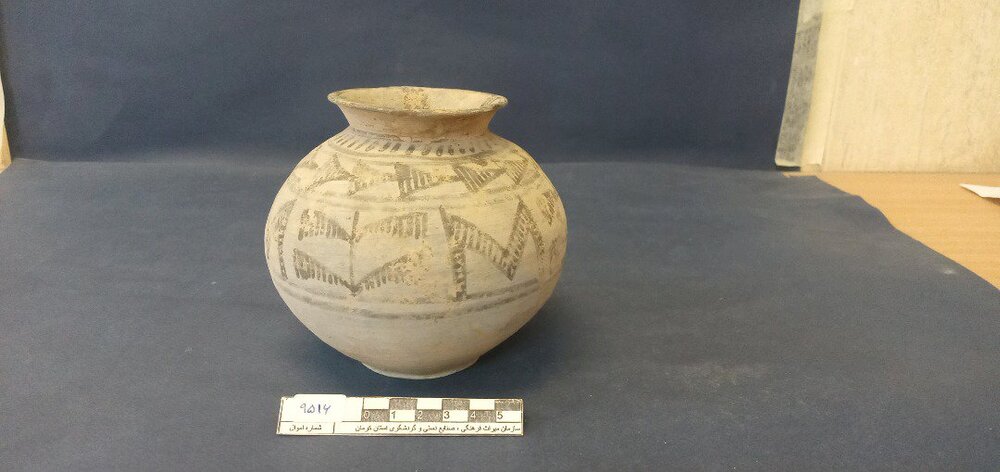INSUBCONTINENT EXCLUSIVE:
explained.The big and sprawling province is something of a cultural melting pot, blending various regional cultures over time
It is also home to rich tourist spots and historical sites, including bazaars, mosques, caravanserais, and ruins of ancient urban areas
Kerman is bounded by the provinces of Fars in the west, Yazd in the north, South Khorasan in the northeast, Sistan-Baluchestan in the east,
and Hormozgan in the south
It includes the southern part of the central Iranian desert, the Dasht-e Lut.Kerman (the capital city) was probably initiated by the
Under the Safavids, who took control in 1501, it came to be known as Kerman and was made the capital of the province
The city was sacked by the Uzbeks in 1509 but was quickly rebuilt
Declining Safavid power in the 17th and early 18th centuries allowed Kerman to be attacked and occupied by Afghan tribesmen in 1720.From a
wider point of view, and based on archaeological evidence, the first well-documented evidence of human habitation is in deposits from
several excavated cave and rock-shelter sites, located mainly in the Zagros Mountains of western Iran and dated to the Middle Paleolithic or
100,000 BC).In fact, the first well-documented evidence of human habitation is in deposits from several excavated cave and rock-shelter
sites, located mainly in the Zagros Mountains of western Iran and dated to Middle Paleolithic or Mousterian times (c
A 2019 study published by the Journal of Human Evolution suggests that Neanderthals were roaming over the Iranian Zagros mountain range
between 40 to 70 thousand years ago.It is worth mentioning that Neanderthals existed before and during the last Ice Age of the Pleistocene
in some of the most unforgiving environments ever inhabited by humans
They fostered a fruitful culture, with a perplexing stone instrument innovation, that depended on hunting, some searching, and a
neighborhood plant assortment
Their endurance during tens of thousands of years of the last glaciation is a remarkable testament to human adaptation.The Iranian plateau
extends for close to 2,000 km, stretching from the Caspian in the northwest to Baluchistan in the southeast
It encompasses the greater part of Iran, Afghanistan, and Pakistan west of the Indus River, containing some 3,700,000 square kilometers
mountain range at 5610 m, and the Dasht-e Loot east of Kerman in Central Iran, falling below 300 m.AM

